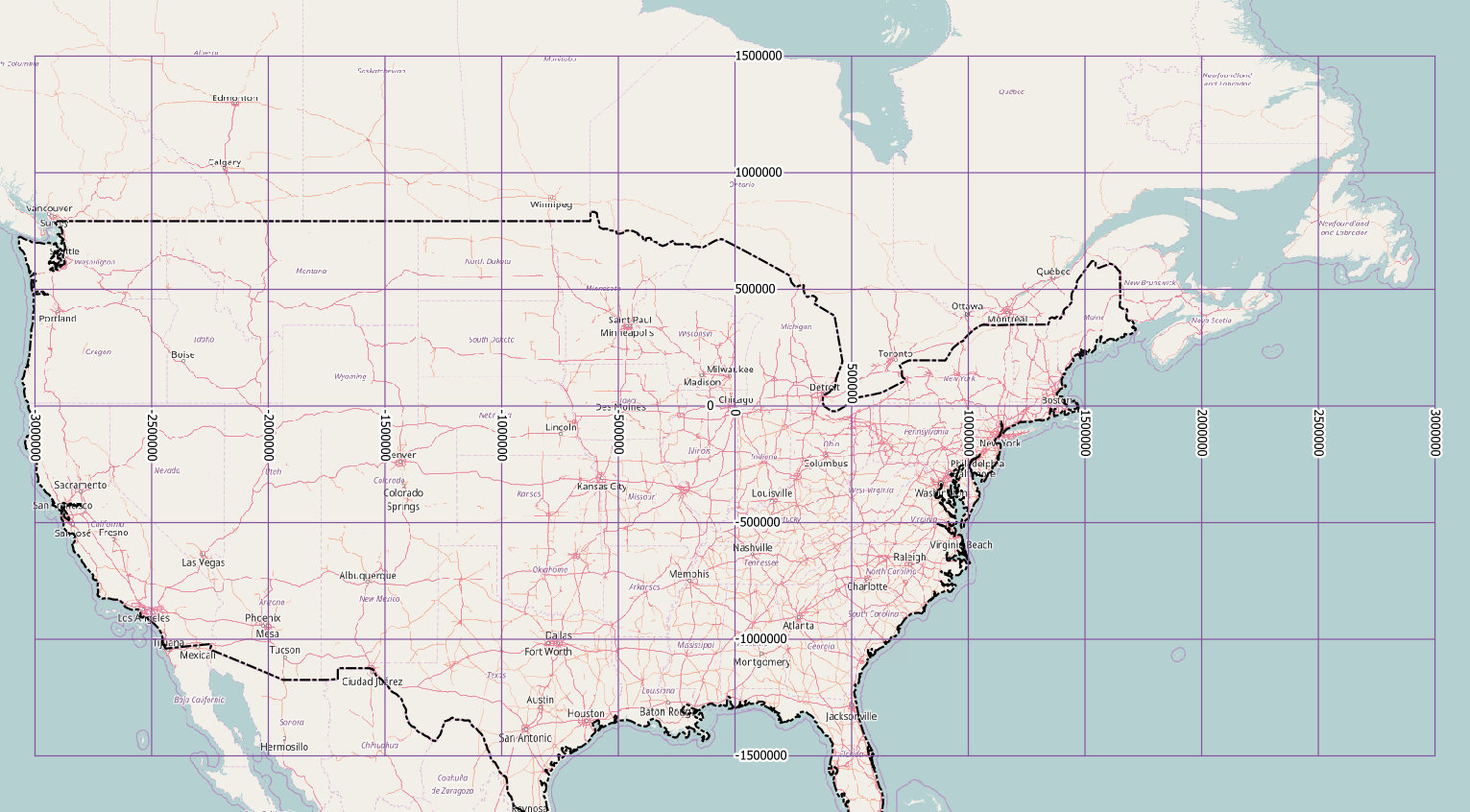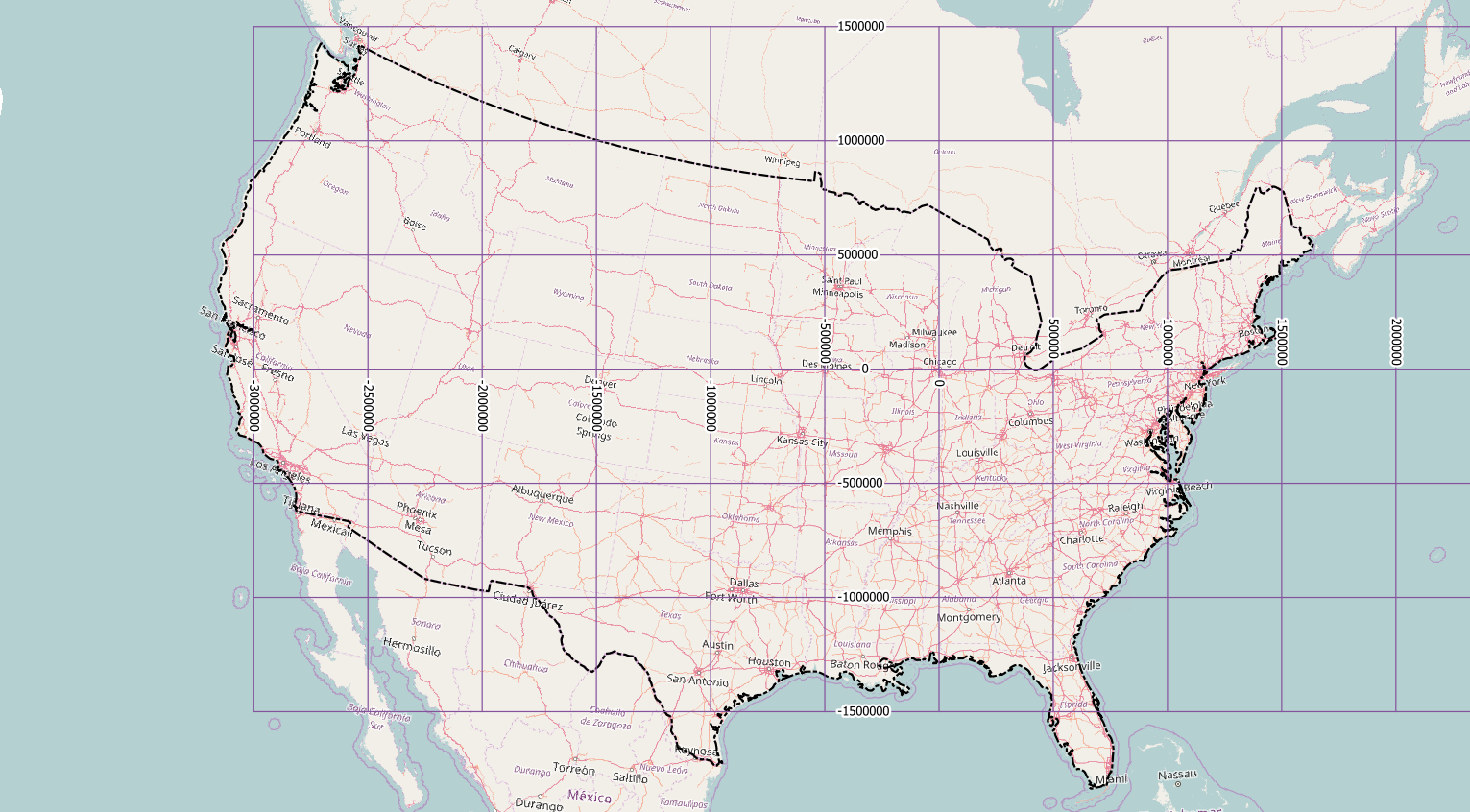I want to take a series of latitude, longitude pair like and return Cartesian coordinates for it. HOWEVER, I don't want the origin to be at the center of the earth. Instead, I want it to be an arbitrarily defined point somewhere in the United States (all my coordinates are on the continental US). For example, if we defined Chicago, IL as 0,0 and we had an imaginary city that was 20 miles south and 40 miles east of Chicago, it would be at (40,-20).
I don't care about z/altitude.


